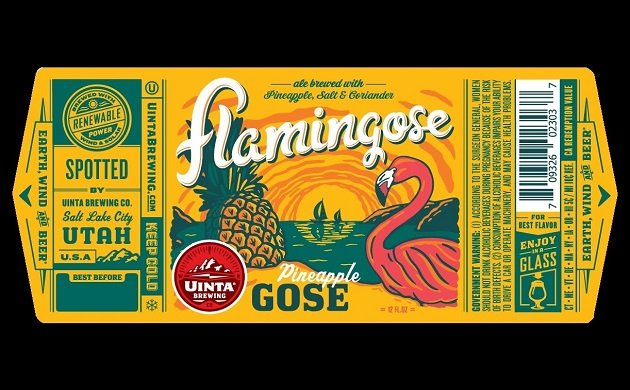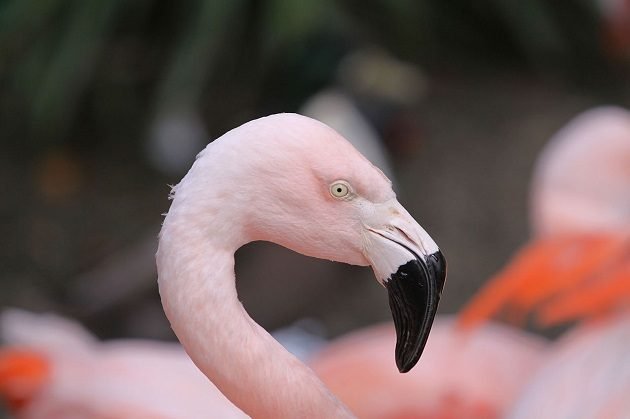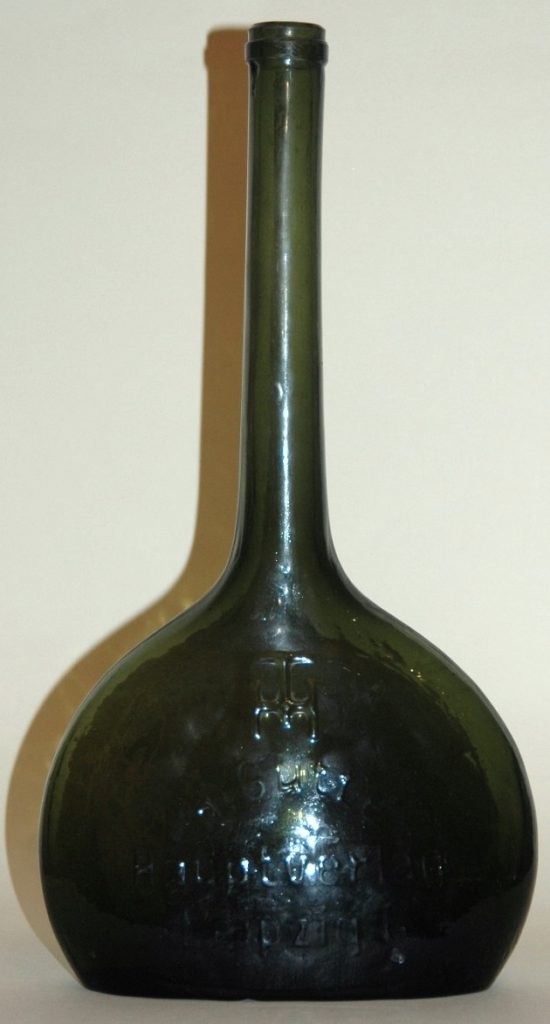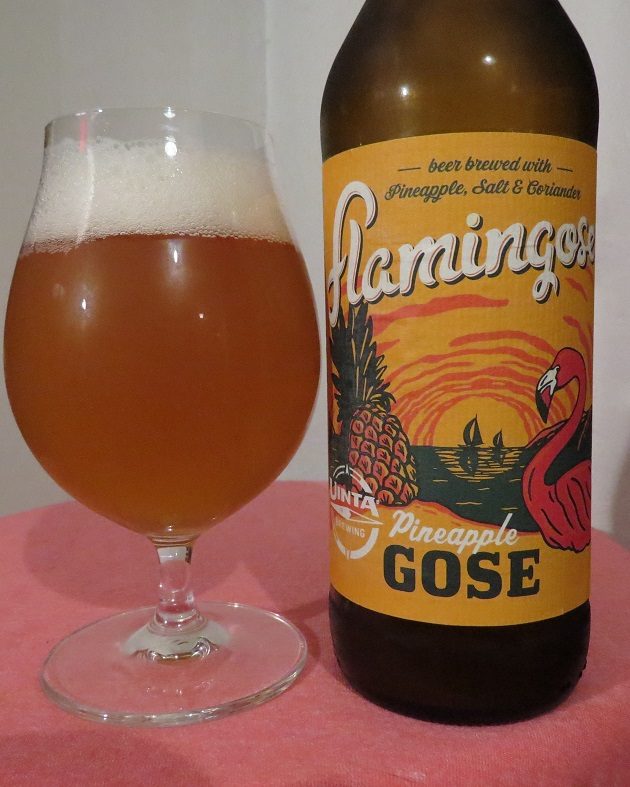
After beginning the month with two sour beer reviews, I’ve decided to keep the streak going to close out August with a third. While you can certainly drink sour beers after Memorial Day – yes, even white, wit, and weisse ones – their tart, refreshing flavors are a better fit for the final, sultry days of late summer than any other beer I know. And, with all due apologies to those who have yet to acquire a taste for tartness, please bear with us and rest assured it won’t be long before we move into less summery fare.
For all its imposing reputation, German brewing has produced its fair share of forgotten relics. For every Hefeweizen and Oktoberfest, there’s a slew of forgotten German beer styles, cast aside by the forces of homogeny and hegemony as German brewers industrialized, ultimately emigrating abroad to spread the gospel of lagering and Reinheitsgebot around the world. And when Bohemian Pilsner began its long metamorphosis into “light lager” and became the crisp, easy-drinking lingua franca of international brewing, it also forgot many of its beery siblings back at home in the Old Country. These unwanted orphans of German brewing were mainly left to fend for themselves in the oncoming dissolution of regional specialties as the nation unified its government – and its brewing laws. And these weren’t just any old foundlings either, but some of the oddest members of the beer family, lurking in the dark, dusty corners of ancient, regional brewing traditions – often delicious but hopelessly antiquated holdouts against Progress.
Gose, a pale, sour wheat beer from eastern Germany, top-fermented and most unusual for being seasoned with salt and coriander, is one such peculiarity. The curious name derives from Goslar, a small, picturesque town in Saxony, though the beer has long been associated with nearby Leipzig, the most populous city in that former duchy. While the addition of salt and coriander to beer may seem like a strangely modern technique, spiced wheat beers are a northern European tradition that likely dates to the Middle Ages, perhaps a vestige predating the widespread adoption of hops. Gose became the favorite drink of the city in its new hometown, most often enjoyed in chasing a shot of Kümmel, the local caraway-infused schnapps served in the many Gosenschänken – or “Gose taverns” – of Leipzig.

Leipzig in the eighteenth century: the adopted home of the sour, salty wheat beer known as Gose.
Gose probably reached its height of popularity in Leipzig in the days of Schumann and Nietsche, but since then, its fortunes have followed a distinct downturn. In the twentieth century, the beer faced a long decline punctuated and precipitated by war, political turmoil, and the fashions of taste. It became extinct on two occasions, immediately after the Second World War, and again in the final days of Communist power in East Germany. But each brief disappearance has been followed by a speedy resurrection, and Gose has never gone away for too long.
But despite its resilience over the centuries, no one could have predicted the rapid rise of Gose that’s taken place in the last half-decade. As we’ve seen in recent reviews of beers in the Kölsch and Berliner Weisse styles, little-known regional specialties of German brewing are enjoying a surprising revival in the hands of American craft brewers – though not always with a strict adherence to tradition. Given its obscurity and unfortunate history, the resurgence of Gose has been especially unthinkable – except when considering the wonderful canvas this tart and salty beer presents to brewers for all sorts of free-wheeling experimentation. In adopting this long-neglected style and making it their own, American craft brewers have married the unusual palate of Gose to all sorts of fruity and hoppy partners in the brewhouse. As a result, Gose has become one of the hottest trends in craft brewing.
Another factor in the unlikely success of Gose is the name: “Gose” is a funny word to English speakers. It rhymes with an endless list of English words, and – if one ignores correct German pronunciation and utters it as a single syllable – it becomes a homonym with the third-person singular simple present indicative of one of the most common verbs in English (just reverse the final two letters of “Gose” for the answer if your grammar school training is a bit rusty). Some of the newfound popularity of this beer seems to stem – at least in part – from the ease with which “Gose” is forced into all sorts of groanworthy wordplay as brewers christen their own interpretations of this style with the worst puns imaginable. There’s no need to repeat the seemingly countless, gleefully painful variations here, but gluttons for punishment should check out this list from Beer Advocate. Consider yourself warned.
Which brings us to this week’s beer by the Uinta Brewing Company of Salt Lake City, Utah: Flamingose – a pun that requires no explanation. Flamingose is Uinta’s tribute not only to Leipziger Gose, but to Pink Floyd, a Chilean Flamingo who escaped from the nearby Tracy Aviary in 1995 and became a popular denizen of the Great Salt Lake among birders and non-birders alike for many years.

Chilean Flamingoes. In case you were wondering, Merriam-Webster lists both “flamingos” and “flamingoes” as correct plurals. So, take heart, former Vice President Dan Quayle.
In North America, we tend to associate flamingoes with the tropics, and parched and sunny places in general, making it ironic that one would far more likely encounter these birds in the general vicinity of Leipzig than in Salt Lake City – especially considering the tendency of flamingoes to flock at large, alkaline bodies of water. Greater Flamingoes occasionally stray north to Germany, and there are established populations of introduced Chilean Flamingoes in Bavaria and near the Dutch border, but aside from Pink Floyd’s legendary run as an on-the-lam flamingo, they’re unheard of in Utah. Pink Floyd himself hasn’t been spotted in over a decade either, but his story lives on as the unlikely inspiration for an obscure German wheat beer.

A Gose flask, which was traditionally closed neither by cork nor cap, but a natural plug of yeast that rose up the bottleneck during fermentation. The long, graceful neck of this bottle would have made a fitting tribute to the flamingo’s anatomy – especially rendered in pink glass – but Uinta Brewing Company opted for more sensible packaging for Flamingose.
Despite hailing from landlocked Utah, Flamingose looks like something concocted by Jimmy Buffett’s marketing team, with a dayglo label even more blindingly psychedelic than the band for whom Pink Floyd was named. In keeping with these colorful, tropical connotations, Uinta has added pineapple to its Gose. The infusion of the South American pineapple provides a certain resonance to the tale of this fugitive flamingo, with both bird and fruit straying far outside of their normal ranges, only to arrive at equally unlikely destinations in the Mormon State and Leipziger Gose, respectively. So it goes?

It’s now an established scientific fact that pineapple makes a better beer ingredient than pizza topping. (Not that that’s saying much.)
Flamingose pours a cloudy, pale amber in the glass, with a billowing white head that dissipates quickly. The tart, citrusy bouquet is mellowed by hints of cantaloupe and pineapple beneath the lemony presence of coriander. The pineapple in Flamingose comes through again in the spritzy palate, laced with a tart and briny edge, ending with a long, quenching finish that balances zesty limeade and sweet, wheat maltiness. As we would expect, the Salt Lake City brewery retains the savoriness of the Leipzig original, dosing its Gose with a generous dash of salt that bestows each sip with a gentle saline tang that’s never overpowering.
While I still love the austere simplicity of the Leipzig original, contemporary riffs on Gose like Flamingose are fun and undoubtedly entice drinkers who might not otherwise be interested in near-extinct beer styles of eastern Germany. And whether the Gose in front of you is faithful in its interpretation of the German archetype, or incorporates a cornucopia of fruit infusions, the style really does makes for a perfect summer beer – whether you’re sitting on the front porch, tending the grill, relaxing in the hammock after mowing the lawn, or lounging by the seashore. But if you’re headed to the beach with a Gose, you just might want to leave the caraway schnapps at home.
NB: According to online sources, Flamingose is no longer in production, but I’m still finding bottles on the shelves and like most sour beers, it should hold up for quite a while.
Uinta Brewing Company: Flamingose
![]()
![]()
![]()
![]()
![]()
Three out of five feathers (Good).













Leave a Comment